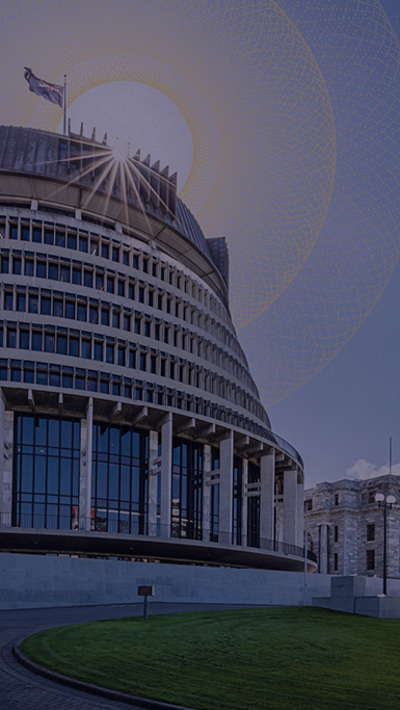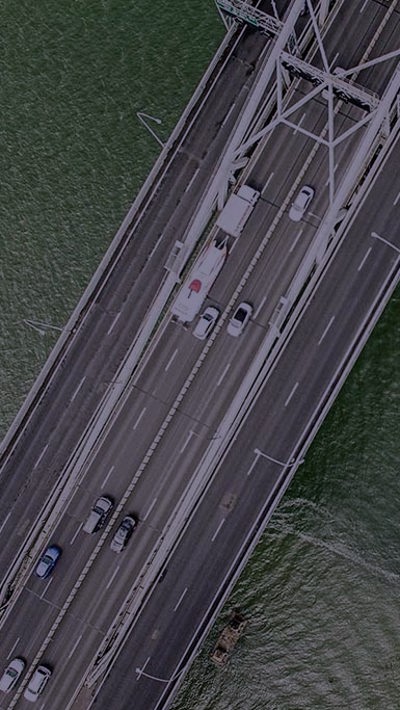Contents
After two devastating cyclones hit New Zealand in quick succession early this year – Cyclone Hale in Auckland and Northland, and Cyclone Gabrielle in the East Coast – there is a gathering view that New Zealand’s susceptibility to these events may have increased as a result of climate change.
New Zealand was already ranked by Lloyd’s of London as second only to Bangladesh for vulnerability to natural hazards in terms of average annual losses in relation to the size of the economy.
All of which suggests that there is a strong case for strengthening the ability of local communities to recover from natural disasters – whether cyclones, earthquakes, floods or volcanic eruption. A place to start would be the Cyclone Recovery Unit (CRU), established under the umbrella of the Department of Prime Minister and Cabinet (DPMC), but with its own chief executive.
The short term response will continue to be led by Civil Defence and the National Emergency Management Agency (NEMA). The CRU is designed to enable locally-led recovery over the medium term.
It will work alongside the Cyclone Recovery Taskforce (Taskforce) which will manage the interface between regional groups, iwi, and central government – initially to align the economic and infrastructure recovery effort and later, with planning for future resilience.
The Taskforce reports to the Extreme Weather Recovery Committee, and has a narrower scope than the CRU.
While both the CRU and the Taskforce were created as temporary solutions, the knowledge and capability they develop will provide the foundation for a permanent national disaster recovery unit. This has been the pattern in Australia, creating a fund of practical experience for New Zealand policymakers to draw on.
Australian disaster recovery entities
Chapman Tripp has had the benefit of detailed input from leading Australian law firm Clayton Utz in developing our thinking on these issues. Australia has established five permanent disaster response agencies within relatively recent times – four at State level and one federal:
- The Queensland Reconstruction Authority (QRA), set up as a temporary entity in 2011 and made permanent in 2015.
- The New South Wales Reconstruction Authority (NSWRA).
- The Northern Rivers Reconstruction Corporation (NRRC).
- Emergency Recovery Victoria (ERV).
- The National Emergency Management Agency, which sits within the Department of Home Affairs and provides funding for local initiatives – e.g., North Queensland Resilient Kids Grants.
Of these, the Queensland and NSW authorities would seem the most appropriate to the New Zealand context. Indeed, Prime Minister Chris Hipkins has stated that the Taskforce was modelled on the QRA.
Both the QRA and the NSWRA were created by statute and they both have substantially the same powers to:
- enter into contracts
- acquire, hold, deal with and dispose of property
- appoint agents and attorneys, and
- engage consultants.
Interestingly, QRA is also empowered to force agencies to carry out work in the recovery period (a power it has used three times in 12 years) but the NSWRA, created seven years later in 2022, lacks this ability – perhaps reflecting a greater respect for local sensitivities
Key insights from Clayton Utz are that local engagement and consultation through all stages of the process are essential to building public trust, confidence and a sense of empowerment and that there is a public expectation that approaches to resilience and preparedness must also reduce the impact of climate change.
Looking to the future
As climate change increases the incidence of weather events with the capacity to cause destruction on a large scale, and given New Zealand’s characteristics as a small country peppered with isolated communities, it will be important to bank the knowledge gained from the CRU and the Taskforce for use in future catastrophes.
A permanent, statutory entity, capturing some of the features of the QRA, and mandated with assisting recovery in the medium to long term would seem to provide an obvious way forward. But while it seems clear that such a body is required, there remain many questions as to how to create a bespoke, fit-for-purpose New Zealand entity to meet our unique circumstances.
Considerations include:
- What powers would it have – and who would make the decisions surrounding controversial decisions such as buy back or managed retreat?
- How would the entity initiate recovery and resilience for communities following events?
- Would the body act only in rural and regional areas or would it also have a role in the larger cities?
- What would be required from a legislative perspective? How would it interact with existing statutory organisations such as Civil Defence, NEMA and EQC?
- How big would the entity be in periods between events and how would it scale up to meet differing needs following an event?
- What would the people resource requirements be?
- How would knowledge be stored and how would it be drawn upon when needed?
- What would its relationship be to central and local government? What other strategic partnerships would be necessary?
- What would the role of iwi be in any entity?
- At what point would the initial response following an event turn to recovery and resilience?
While New Zealand continues to deal with the aftermath of two destructive cyclones, this is the time to consider these questions and decide how to face inevitable future natural events for the benefit of all in New Zealand.
Our thanks to Julia Carrington and Monique Topp for their assistance preparing this article.






















































